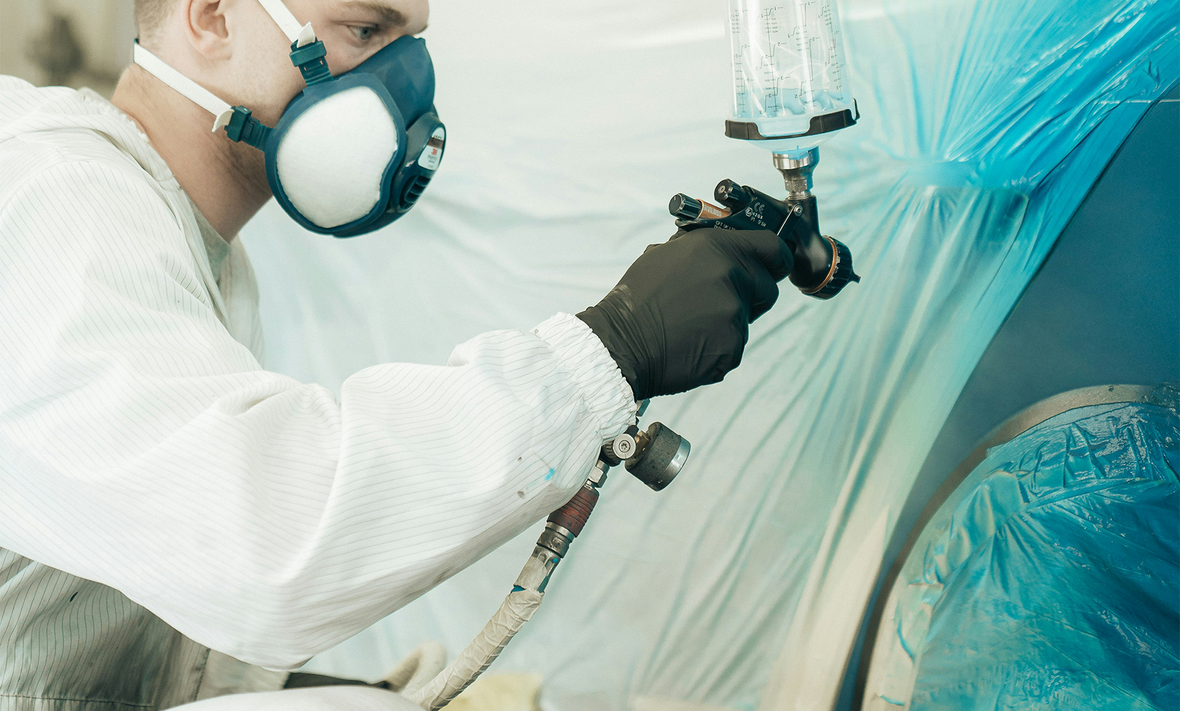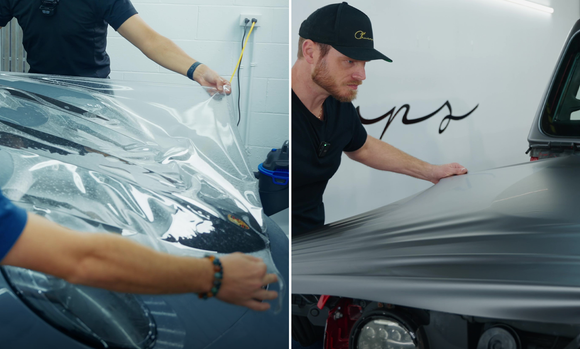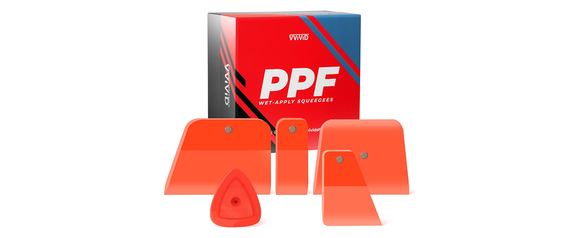
When Is Paint a Better Option to Vinyl Wrap?
Classic Cars (25 Years and Older):
Preservation of Value: Classic cars often increase in value when their original aspects, including paint, are preserved or restored. Using original paint colors and methods can significantly enhance a classic car's authenticity and value.

Longevity and Aesthetics: Paint can offer a more authentic look that is more in line with the era of the car. This authenticity is often sought after by classic car enthusiasts. Also, high-quality paint jobs can last longer than vinyl wraps, making them a more durable choice for these timeless vehicles.
Unknown paint quality and reliability: Over the decades, paints can degrade and lose it's structural integrity. Wrapping over 30-60 year old paint is a risk and usually paint is the best option for a reliable surface finish.
Cars That Have Been Repainted:
Adhesion Issues: Vinyl wraps may not adhere properly to surfaces that have been repainted, especially if the repaint job was not professionally done. This can lead to peeling and lifting of the wrap.

Hidden Damage: A repaint might have been done to cover up damage. A vinyl wrap might not adhere well to these areas or could even exacerbate underlying issues.
Cars with Questionable Surfaces (Peeling Paint, Rust, etc.):
Surface Preparation: For a vinyl wrap to adhere properly and look good, the underlying surface needs to be smooth and free of imperfections. Cars with peeling paint, rust, or other surface damages need extensive prep work, often involving sanding and sometimes repainting of problem areas before a wrap can be applied.

Long-Term Protection: A proper paint job can provide better long-term protection for areas with rust or damage. Paint, unlike wraps, can seal off rust and prevent further deterioration, whereas a wrap might only mask these problems temporarily.
In each of these cases, the decision to use paint over vinyl wraps is driven by a combination of aesthetic, practical, and value-based considerations. While vinyl wraps offer versatility and ease of application, they can't always match the durability, authenticity, and surface treatment capabilities of a good paint job, especially in the contexts of classic car restoration, previously repainted vehicles, and cars with significant surface imperfections.


